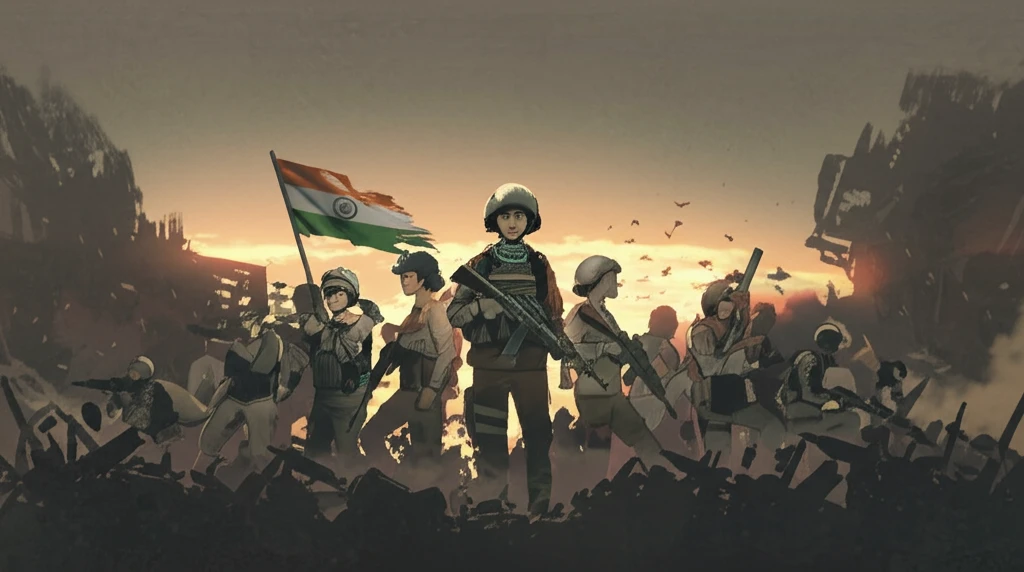
Level Up: How HR Policies are Finally Changing the Game for Women in the Indian Army
"Discover the groundbreaking empirical study revealing the impact of HR policies on gender inclusion in the Indian Army—and what it means for the future of women in service."
For years, the conversation around gender inclusion in traditionally male-dominated fields has been a slow burn. But now, a recent study is throwing light on just how much impact strategic human resources (HR) policies can have. The focus? The Indian Army, an institution undergoing significant shifts to integrate women fully into its ranks.
The research delves into the intricate relationship between HR policies and gender inclusion, revealing not just the presence of women, but the quality of their integration. It's about belonging, feeling valued, and having the support to bring your best self to the table—something that benefits not only the individuals but the entire organization. A gender-inclusive workforce is proven to drive performance, and the Indian Army is no exception.
This isn't just about hitting diversity quotas; it's about fundamentally reshaping an institution to reflect the values of equality and inclusion. The study draws from firsthand accounts of officers across different branches, combined with a thorough review of existing literature, providing a comprehensive look at the challenges and opportunities at play.
Unpacking the Study: Key Findings on HR and Inclusion

So, what did the study uncover? By using confirmatory factor analysis and multivariate analysis of variance, the researchers pinpointed specific HR policies that are making a tangible difference. These policies aren't just feel-good measures; they're directly linked to creating a more supportive and equitable environment for women in the Army.
- Opportunities for professional development and skill enhancement.
- Ensuring comfortable working relationships between all members of the army.
- Cultivating positive attitudes and behaviors from male officers towards their female counterparts.
- Promoting open communication and information sharing across genders.
The Road Ahead: Implications and Future Directions
This study is more than just an academic exercise; it's a call to action. The findings provide valuable insights for policymakers and military leaders to refine HR practices and foster a truly inclusive environment. As the Indian Army continues to evolve, embracing these changes will be crucial for attracting and retaining top talent, strengthening the force, and setting a new standard for gender equality in traditionally male-dominated institutions.
